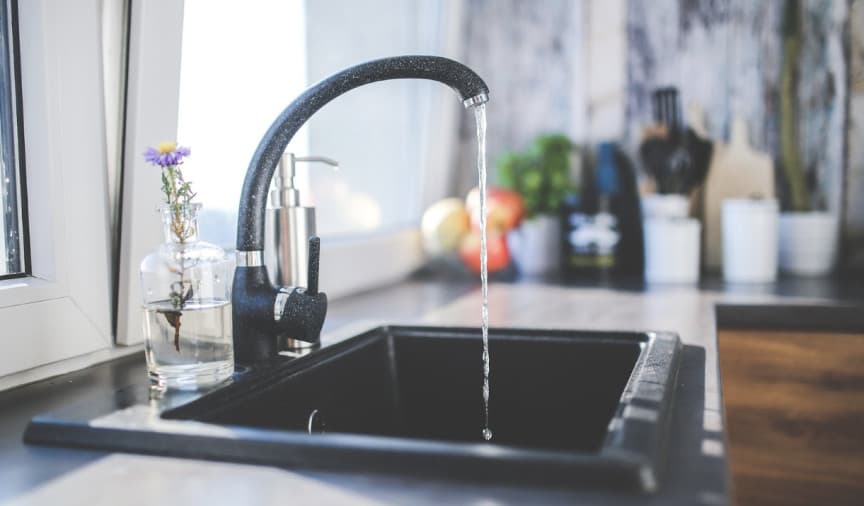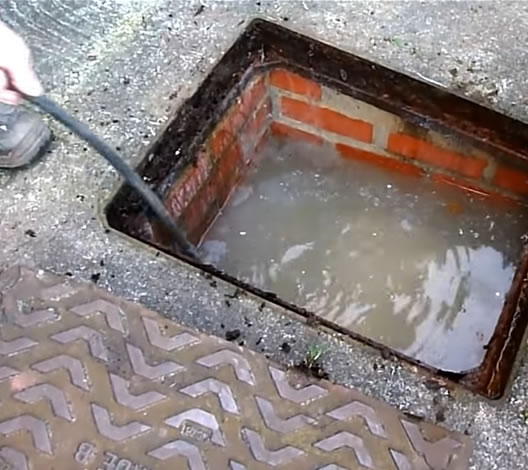The article author is making a few good points related to Some easy tips to fix blocked drains overall in the article underneath.

Intro
Managing an obstructed drainpipe can be an irritating experience, disrupting daily activities and possibly triggering damage to your building. Nonetheless, before reaching out to pipes specialists, there are steps you can require to attend to the problem on your own. In this guide, we'll discover DIY remedies and safety nets to tackle an obstructed drain successfully.
Identifying the Problem
The first step in attending to a blocked drain is recognizing the signs. Slow-moving drainage, gurgling sounds, foul odors emanating from drains, or water backing up are common signs of an obstructed drain. Determining these indicators early can aid avoid even more difficulties.
Picking the Right Plumbing Solution
When choosing a pipes service, think about aspects such as experience, licensing, and client evaluations. Select a reputable plumbing with a track record of quality handiwork and clear prices methods.
Cost Factors to consider
The expense of professional drainpipe cleaning services can vary relying on the intensity of the clog and the plumbing technician's rates. Demand quotes from multiple carriers and inquire about any kind of surcharges to make certain transparency and stay clear of shocks.
Safety Precautions
When trying do it yourself drain cleaning, prioritize security. Wear safety gloves and eyeglasses to stay clear of contact with hazardous chemicals or microorganisms. Never mix different drainpipe cleansing products, as this can produce unsafe fumes.
Instance Studies
Real-life instances highlight the efficiency of do it yourself remedies and the value of prompt professional intervention in solving drainpipe clogs.
Usual Causes of Blocked Drains
Understanding the factors that contribute to drain pipes clogs is essential for effective resolution. Usual wrongdoers include hair, soap residue, oil, food particles, and foreign objects like hygienic products or paper towels. Tree roots attacking below ground pipes can likewise cause substantial obstructions.
DIY Solutions
For small blockages, numerous DIY solutions can be efficient. Pouring boiling thin down the drain can aid dissolve oil and debris. Sodium bicarbonate and vinegar or a mix of salt and cooking soda can function as all-natural cleaners. Using a bettor or pipes snake to remove blockages is another choice.
Devices and Tools
Having the right tools available can make do it yourself drain cleaning up extra reliable. A plunger is a versatile tool for removing blockages in sinks, commodes, and showers. A plumbing snake or auger can get to much deeper blockages, while drainpipe cleansing chemicals can be utilized cautiously for persistent obstructions.
Preventive Measures
To stay clear of future blockages, adopting safety nets is crucial. Install drain guards or filters to catch hair and debris prior to they get in the pipes. Consistently flush drains with warm water to liquify oil build-up, and avoid dealing with grease or solid waste down the tubes.
When to Call an Expert
While DIY services can deal with minor blockages, certain signs show the demand for expert support. Consistent clogs, foul odors despite cleaning efforts, or multiple drains backing up simultaneously are red flags that require skilled treatment.
Final thought
By following the ideas laid out in this overview, you can successfully tackle obstructed drains and prevent future plumbing problems. Whether selecting do it yourself options or seeking professional support, timely action is key to keeping a healthy and balanced plumbing system and preserving the integrity of your home.
How to Clear a Clogged Drain Yourself (And When to Call In the Professionals)
What Can Clog a Drain
- Dirt
- Skin flakes
- Hair
- Grease
- Soap scum
- Food
- Offset pipes
- Tree roots
- Small objects
- Mineral buildup
DIY Tricks to Unclog a Drain
You can fix this! Once you have identified the source of the clog (or have a vague idea), you can try one or a combination of these fixes in order to clear your plumbing.
Wire Hanger or Snake
Untangle and clear out hair from a drainpipe with a homemade snake. Use a straightened-out wire hanger with a 90-degree angle hook to locate the clog and drag out any unwanted material.
Remember not to push the clog further down to where the wire hanger cannot reach! If you need to follow up with a plunger, give it a try. Your efforts might be more successful after it’s been wire-snaked.
If you want to get fancy and don’t have a wire hanger to spare, head to the store and pick up a hand-operated drain snake. You can get one for $10-$30. It may save you the hassle, and provide additional length to reach deep into the clogged pipe.
Plunger
A cup plunger has a suction cup attached to a wooden handle. The rubber creates a seal around the drain, and increases the pressure force of the plunger.
Plunge for 30-second increments to loosen the clog. This may need to be repeated over the course of 15-20 minutes. Once plunged, run the water to flush the remaining material out of the drain.
Remember– never use a plunger if you have used a chemical drain cleaner. These chemicals can splash up from the force of the plunger and cause serious injury or burns.
Boiling Water
Hot water can sometimes break up materials into a flushable amount. Dirt, grease, and soap buildup requires heat in order to unstick from surfaces.
Take your kitchen kettle and heat your water to a boil. Once it reaches a rolling boil, pour it directly down the drain into the blockage. Carefully follow with plunging, if necessary.
Don’t worry if this takes more than one try! It can often take multiple kettles and repeated plunging in order to clear a particularly stubborn clog.
Chemical Drain Cleaner
As a last resort, pick up a bottle of chemical drain cleaner. Drain-cleaning chemicals are potent, and not very good for the environment.
You may need to wear protective eyewear in gloves before handling your bottle of chemical drain cleaner. Follow the instructions printed on the bottle, and flush with water as soon as the instructions allow. Do not follow with plunging.
Baking Soda and Vinegar
As a safer alternative to chemical drain cleaner, baking soda and vinegar can create a chemical reaction that clears tough clogs.
Combine one cup of cleaning vinegar with one cup of boiling water, and set aside. Once you have done this, pour half a cup of baking soda down the drain. Give the baking thirty seconds to settle and cover a large portion of the problem drain.
Following the baking soda, pour down your vinegar and hot water solution. Once the vinegar and baking soda combine, the mixture will bubble and fix. Let this reaction fizzle in the drain for about an hour.
After an hour, follow with a kettle’s worth of hot water. The heat and liquid should flush out any remaining material.
When to Call a Plumber
If your DIY attempts haven’t cleared your clog drain, it’s time to call in a professional. It’s not worth losing access to your kitchen sink or high-traffic bathroom. A clog in a vital area can keep you from the things you’d rather be doing, and derail your routine.
Anytime a clog is causing water to spread is a time to call in a plumbing service. What starts out as a little bit of water can quickly grow into serious, expensive water damage.
Additionally, a serious clog can result in burst pipes or serious leaks. Make sure you know when to take it seriously!
https://myguysnow.com/how-to-clear-a-clogged-drain-yourself-and-when-to-call-in-the-professionals/

Hopefully you enjoyed our part on 8 Tips For Clearing A Blocked Drain. Many thanks for finding the time to read through our blog post. Sharing is caring. Helping others is fun. We take joy in reading our article about Tips for Dealing with Clogged Drains and Sewer Lines.
Request Appointment
Comments on “Techniques for Clearing a Blocked Drain Before Consulting Plumbing Professionals”